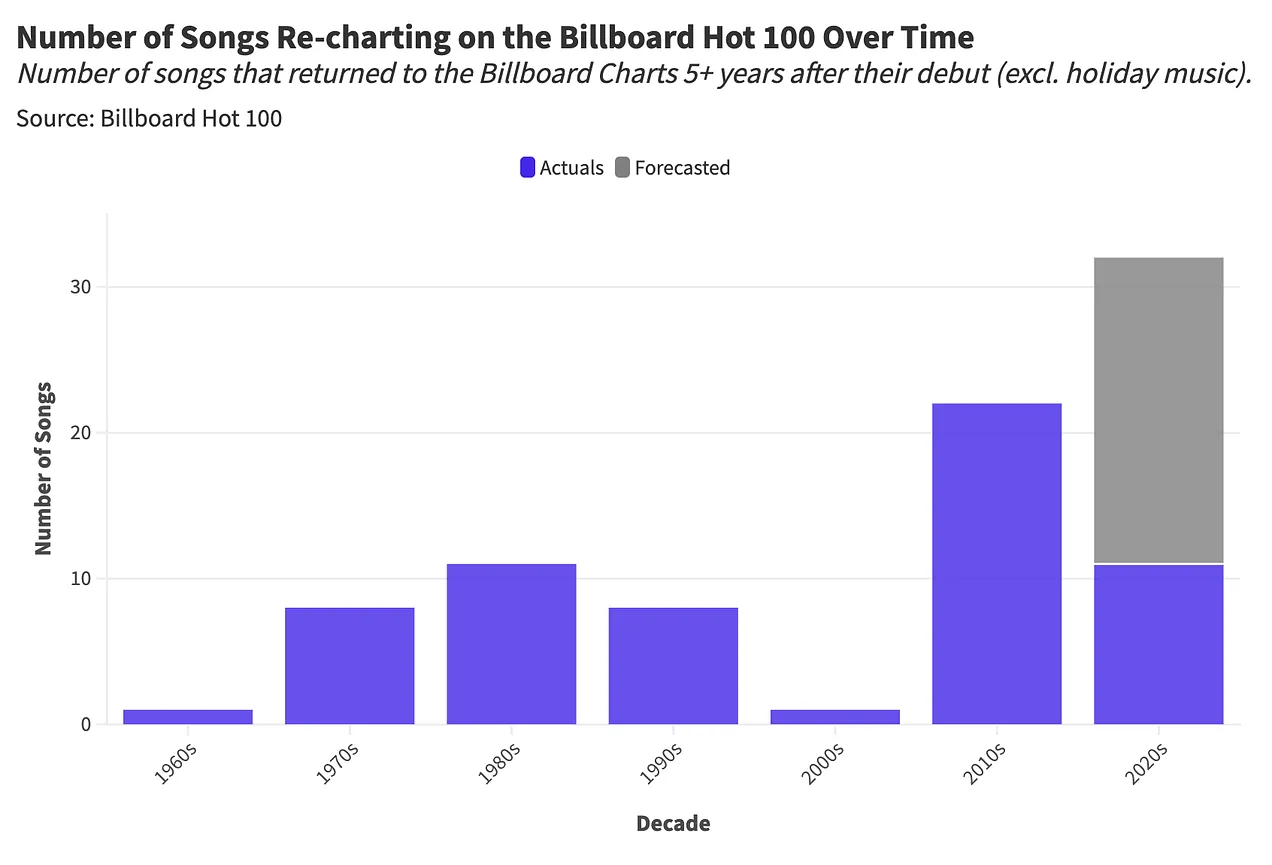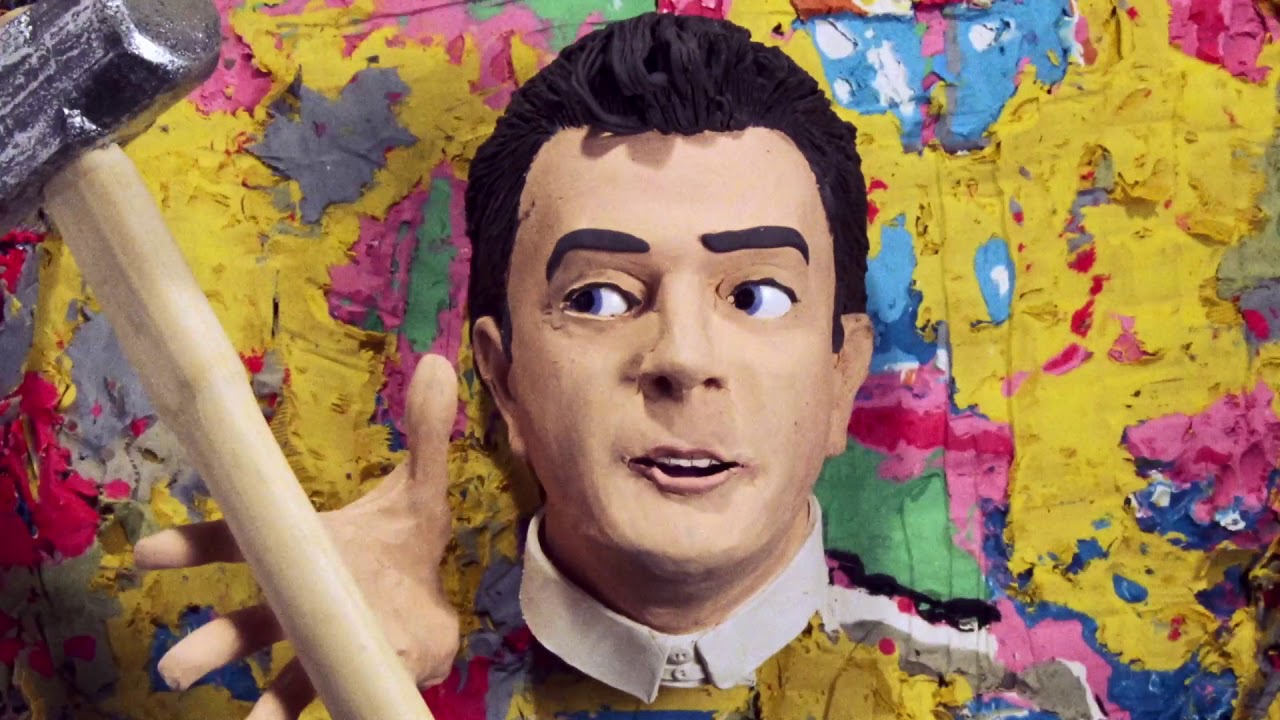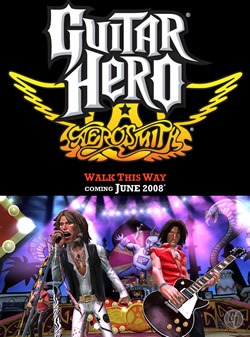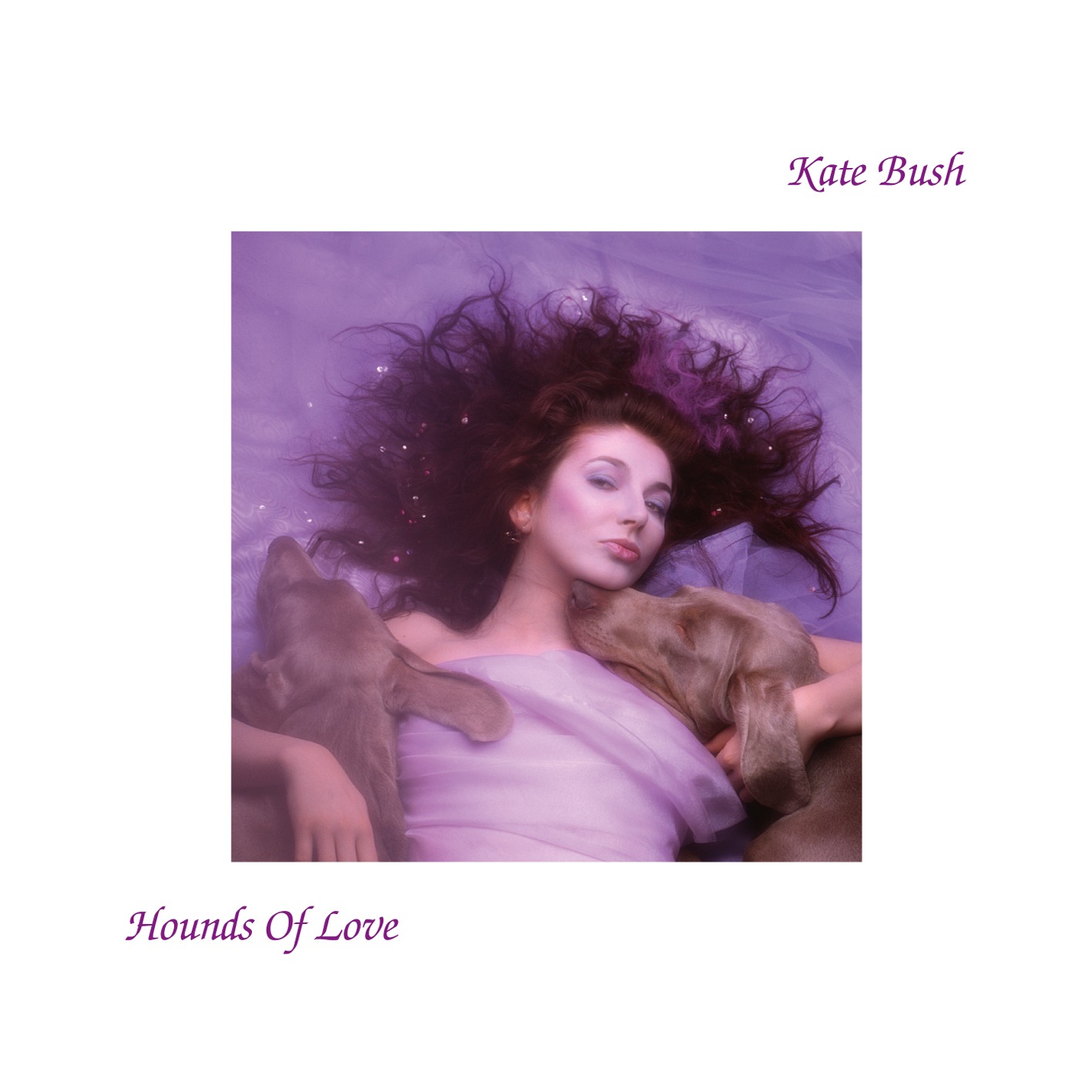
Since discovering Daniel Parris’ wonderful “Stat Significant,” it has become one of my must-read articles. You may remember I blogged about one of Daniel’s clever analyses a month ago in a post I called “Keeping the Music Alive.” It was all about how many musical artists from the past have stayed vital and viable, despite the deaths of key members.
Daniel’s columns on Substack frequently read like mashups of “Freakanomics” and “Rolling Stone” – thoughtful and clever, dripping with pop culture, and using data visualization to make his points. To a researcher like me, I have a special appreciation for making the numbers come alive. The charts Daniel puts together in “Stat Significant” are both catchy and compelling. And that is what makes the data and Daniel’s theories memorable – they jump out at you and they’re fun to share with people who enjoy music.
In an article Daniel wrote last week, he once again opened a door that has both current and political implications. “How Are Hit Songs Rediscovered Decades Later? A Statistical Analysis” lives up to its hype, examining the phenomena that boomerang songs back onto the charts and into our heads. And while there may be years – even decades – in between a song’s moment in the sun, one of the wonderful upsides is all the new fans who get exposed to it.
The chart below from the “Stat Significant” article show two key periods of music rediscovery – from the ’70s to the ’90s, and from the 2010s and forward. While the Internet might partially explain the bump that’s occurred in recent years, Daniel struggles to get his head around what powered the music in those earlier years. Of course, that period is Classic Rock’s “prime time.” And in radio, we’ve learned the power of that era’s best music on audience, ratings, and brands.

The remarkable journeys of certain Classic Rock songs help distance stations from the dreaded “demographic cliff” by attracting new audiences often (re)discovering music older than they are for the first time.
The odd circumstances surrounding these recurring hits fly in the face of the traditional way of connecting core music to consumers. “If you were born in ____, your favorite music is ______________” often goes out the window when looking at most of the songs on Daniel’s playlist. They are “chronology busters,” essentially timeless tunes that defy logic and predictability.
Daniel posits that “Bohemian Rhapsody” may, in fact, be the song that’s been resurrected the most number of times. If there was a Grammy for “Most Rediscovered,” Queen’s opus would take top honor – hands down. From the comedic appearance in Wayne’s World to its showcase as the name of an award-winning Queen biopic, the song has hit the charts on four separate occasions.
While that’s an anomaly, Daniel finds more than 75 songs have reached Billboard Hot 100 status at least twice. The article goes on to list the conditions that most contribute to the rediscovery of a classic song, including the obvious appearances on television and movies (and social media), the death of an artist, and the holiday music phenomenon over the airwaves.

Perhaps missing in Daniel’s analysis is the impact of MTV and radio airplay. The former helped provide visuals you could not “unsee” to songs – both in wonderfully memorable (“Sledgehammer” by Peter Gabriel) and cringe-worthy (“Rock Me Tonight” by Billy Squier) ways. Many of us forever associate songs with their companion video – for better or for worse.
And as you’d imagine, I’d like to think radio play (yes, especially Classic Rock radio) had a little something to do with at least a few of these musical bouncebacks. Holiday music across the country would also seem to have a cumulative effect every November/December on making Christmas classics familiar and part of the traditional soundtrack of the season.
And then there are what I call the “odd exposures” – in games like the once-popular Guitar Hero and Rock Band, and in videogames today like Grand Theft Auto.
videogames today like Grand Theft Auto.
Then there are the songs that miraculously happen at sporting events in arenas and stadiums everywhere: Neil Diamond’s “Sweet Caroline,” the White Stripes’ “Seven Nation Army,” Gary Glitter’s “Rock N’ Roll, Part 2,” and the up-and-coming “Mr. Brightside” by the Killers.
Uniformly, these are new, fresh, and positive settings for vintage songs, suitable for all ages of rediscovery. But what about the errant application of classic hits in truly bad commercials?
There have been some bad ones over the years. One of my “hall of shame” picks is AC/DC’s “Back In Black” for an Applebee’s ad from 2021. Blame it on the pandemic perhaps, but Angus and Malcolm, what were you thinking?
But the one that keeps coming up on chat boards is a spot for Swiffer set to Human League’s “Don’t You Want Me, Baby? complete with a lame DJ:
While more exposure often helps a song get rediscovered, achieving mass exposure, it doesn’t always work that way. One of the more amazing examples was Kate Bush’s “Running Up That Hill,” re-popularized on the Netflix hit, Stranger Things a couple years back. It charted much higher (#1 in the UK, Australia, Ireland, New Zealand, and other countries, #3 in the U.S.) in 2022 than it did when originally released in 1985 (#30 on Billboard’s Hot 100).
And that speaks to the way old songs can be revisualized by appearing in a new context. In the case of Kate Bush, the outcome couldn’t have been better. But there are never any guarantees.
That’s because songs can also re-contextualized in situations that may be suboptimal. And that leads us into a (careful) discussion of politics.
You may remember that when Bill Clinton first ran for President in 1992, the campaign theme song (with the band’s approval) was Fleetwood Mac’s “Don’t Stop (Thinkin’ About Tomorrow).” The song reflected the candidate and the spirit that coincided with his ultimately winning the White House.
But what if Clinton faltered and lost the race? Or perhaps some of his embarrassing decisions became public before he won the election over Bush 43? Would Fleetwood Mac’s smash hit been tainted by a failed association? We don’t know, of course, but it’s more than possible.
(If you remember the way Quentin Tarantino used “Stuck in the Middle” by Stealer’s Wheel during a torture scene in his Reservoir Dogs, you just can’t unsee it whenever that song comes on the radio.)
And that brings us to the presidential campaign we’re in for the next 50-something days. Some of you might refer to it as a torture scene, and you’d get no argument from me.
The controversy is that the Trump campaign has “appropriated” a whole lot of popular songs, used in rallies and other settings – without the approval of the writers or performers. This eclectic playlist has steadily grown over the months, typically featuring big hits from a host of well-known artists with one thing in common:
They don’t want their music associated with the campaign for some of the reasons already discussed in this post. Hearing a song at rallies is a tacit indicator the artist supports the cause or the candidate. And when a song is connected to a philosophy, an “ism,” or an iconic individual, it can be problematic.
 As legal action as gone, attorney, barristers, and solicitors have been very busy. Too date, many suits and cease & desists have been filed with more likely to come. But it was the estate of the late songwriter and performer Isaac Hayes (pictured) that made news earlier this month. A federal judge in Atlanta ruled the Trump campaign would have to stop using Hayes’ composition, “Hold On, I’m Comin,'” popularized by the soul duo, Sam and Dave.
As legal action as gone, attorney, barristers, and solicitors have been very busy. Too date, many suits and cease & desists have been filed with more likely to come. But it was the estate of the late songwriter and performer Isaac Hayes (pictured) that made news earlier this month. A federal judge in Atlanta ruled the Trump campaign would have to stop using Hayes’ composition, “Hold On, I’m Comin,'” popularized by the soul duo, Sam and Dave.
The ruling has empowered other artists to “call legal” and initiate similar actions. Jack White, Celine Dion, the Foo Fighters, Tom Petty, the Stones, Prince, the Beatles, Rihanna, Guns N’ Roses, Adele, and R.E.M. And the (play) list goes on.
Not surprisingly, the contested music includes huge hits – “Fortunate Son” by CCR/John Fogerty, Phil Collins’ “In the Air Tonight,” and Springsteen’s anthem “Born in the U.S.A.” – valuable properties to artists who wish to protect with candidates or products they may deem inappropriate or off-brand. Some like Fogerty and Springsteen also contend usage of their respective hits is just downright wrong.
It’s been said “no publicity is bad publicity,” but in the case of music associations, that is obviously not the case. The AP points out these legal embargoes against candidates go all the way back to 1984 and the Reagan campaign’s use of Springsteen’s “Born.”
As Daniel Parris points out, we should expect to see more music “rediscoveries” taking place, thanks in no small part to “the pleasureable pull of nostalgia” – something radio has been heavily leaning into for decades with formats that specialize in it.
 His conclusion? “The future is bright for works of the past.” I would caveat that with an asterisk for “control.” As we keep hearing the echoes of music from the past, the context in which the “old-songs-that-are-new-again” becomes critical to them conjuring up warm, positive, and joyous memories.
His conclusion? “The future is bright for works of the past.” I would caveat that with an asterisk for “control.” As we keep hearing the echoes of music from the past, the context in which the “old-songs-that-are-new-again” becomes critical to them conjuring up warm, positive, and joyous memories.
Somewhere, Taylor Swift may be mapping this out for future generations of music lovers.
The future IS bright. She most definitely will be wearing shades.
- Will Radio Jump On TikTok’s “Silver Express?” - May 27, 2025
- Memorial Day 2025 – The Year Of Standing On Shaky Ground - May 23, 2025
- To Win In Radio, Make A Difference - May 22, 2025




CLASSICS are timeless. Curation, Presentation, Flow and Consistancy are essential. Combone Classic Hits/Classic Rock/Adult Hits and you have The Winning format. 1220watx.com CLASSICS!
Appreciate you read it and commenting, Clark.
As to why the ’60s and ’70s yielded so many comeback hits, I posit that it can be explained by the simple fact that there were fewer artists spread across fewer genres in those years than today, and radio’s dominance back then had a focusing effect that acted like a spring tide. It’s not without reason that a principal ‘zine dedicated to that era was named Goldmine.
Nowadays the music consumer is taking sips from Niagara Falls, and anything less than stellar product by a stellar artist has the half-life of a bagel, with an equally slight chance of coming back years later. Sure, a few folks will recognize it and remember their enthusiasm for it (possibly rekindled), but most listeners won’t.
Fish where the fish are. And, please, cast your line deep.
A prescient comment, John. Great observations all. And I’m still trying to calculate exactly what a half-life of a bagel actually IS (one day?).
Shotgun Tom Kelly of SiriusXM’s 60’s channel 73 has recently released his outstanding new book and it’s actually titled “All I Wanna Do Is Play The Hits!” It echos much of what you said in this blog Fred. It also incorporates a truly unique feature, which will no doubt be widely copied, and that’s the inclusion of QR Codes (27 of them) that let the reader actually see and hear events described in the book. It’s a must read for anybody in the business or just loves good radio and great personalities!
I can vouch for that, Art. I bought a copy at Boot Camp (signed by ST, of course). He showed me the QR codes embedded in the book, and it truly is a great idea. I recommend the book as well.
As audiences continue to explore older media (over 120 years’ worth of it now to peruse), the adage, “It may not be new, but it’s new to you” is key.
Yup, and that explains why the demographic patterns are so out of whack. Thanks for this.
Starship’s “We Built This City,” which is either a mega hit or The Worst Song of All Time (or maybe both?) is currently being used by the folks at Quilted Northern to sell toilet paper! https://bit.ly/3zjujMS
Of course it is! Remember the custom versions the label had Starship cut for various cities. Imagine THAT happening in 2024!